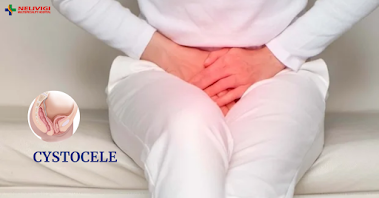Urinary Tract Infection Treatment in Bangalore
Urinary tract infections are one of the most common infections
afflicting both males and females.
The
urinary tract consists of kidneys, ureters, urinary bladder, prostate, and the
urethra and any of these organs can be involved. Infection of the kidney is
called pyelonephritis, infection of the bladder is called cystitis, infection
of the prostate is called prostatitis and infection of the urethra is called
urethritis.
They
can occur in any age but certain age groups are more predisposed. In males, the
most common age group is in the elderly which is after the age of 50. This is
the age in which prostate enlargement is seen and is responsible for UTIs.
In
the females, there is a bimodal distribution with a surge in infections with
the first surge occurring after the onset of sexual intercourse and after
marriage. This goes by the name of ‘honeymoon
cystitis’. The second surge in the females is in their forties and fifties
with the onset of menopause where hormonal changes at menopause increase the
incidence of UTIs.
UTIs
are seen in children too where they could be associated with congenital
abnormalities of the urinary tract like PUJ obstruction, vesicoureteric refux,
megaureter, posterior urethral valves etc.
The
most troublesome infections are seen in females where they could be recurrent.
This leads to a situation where some suffer from urine infections regularly
despite antibiotics.
Symptoms of UTI
The
most common symptom is dysuria which is the medical term for burning urination.
The next most common symptom is increased urine frequency where the person has
to visit the toilet very often in both day and night. This could be associated
with urgency in urination and sometimes urine leak. The other common symptom is
a pain in the lower abdomen (suprapubic region) and low backache. The patient
may feel feverish and fatigued but usually, in infections of the urinary
bladder, the fever is of low grade whereas, in kidney infections, the fever is
high grade and associated with chills.
Investigations
The
most important test is a urine examination. It is a simple and affordable test
which can give a diagnosis in a few minutes. The doctor can start the treatment
immediately. Urine can be sent for culture and sensitivity but the results will
be ready only after 3 days. Complete Blood Count can establish if the urine
infection has spread to the bloodstream. In complicated infections, an
ultrasound abdomen will help in finding out if any other abnormality is
present. Depending upon the complexity of the infection, more tests like CT scan
may be needed which will be decided by the treating doctor.
Treatment:
The
mainstay of the treatment is antibiotics. Most of the times, oral antibiotics
are enough. However, in kidney infections, injection antibiotics are needed. In
case it is severe, the patient may need hospitalization for observation and
treatment. The antibiotics need to be taken for a minimum of three days and in
severe infections may need to be continued for 15 days. Rest and hydration are
important too so that the person recovers fast. There are many supportive
treatments like cranberry extracts and alkaline solutions. However, they are
mostly supportive but not the mainstay in treatment. Alkaline solutions are
very popular and help in reducing the acidity of the urine so that the burning
sensation may reduce. Cranberry capsules may help in long term prevention of
infections but the evidence is not strong.


Comments
Post a Comment